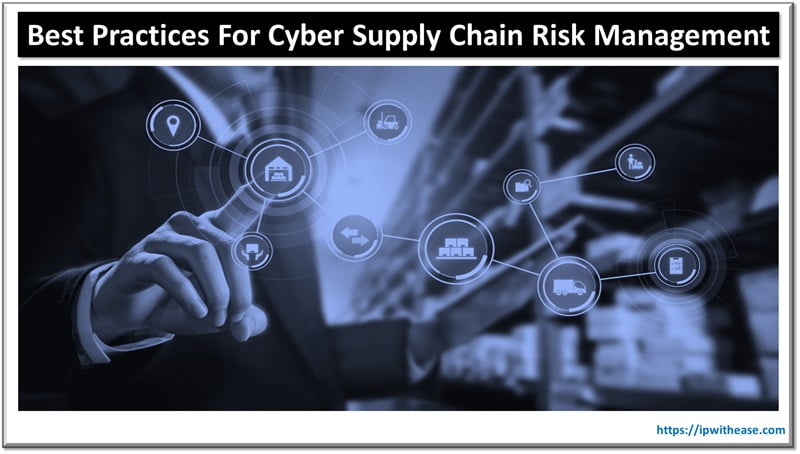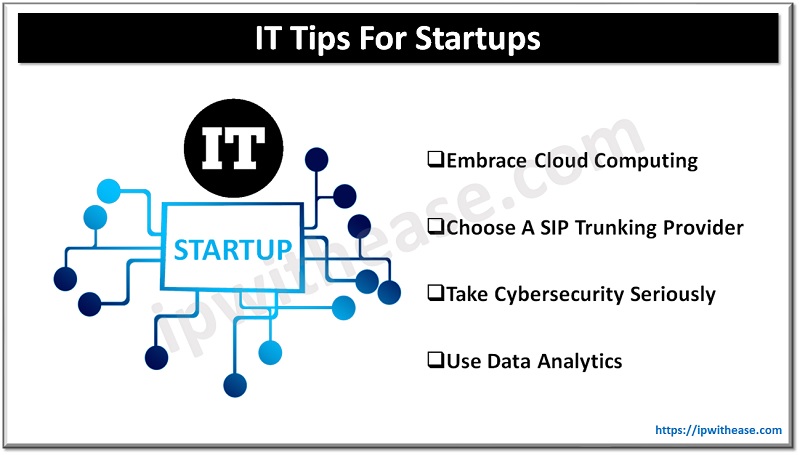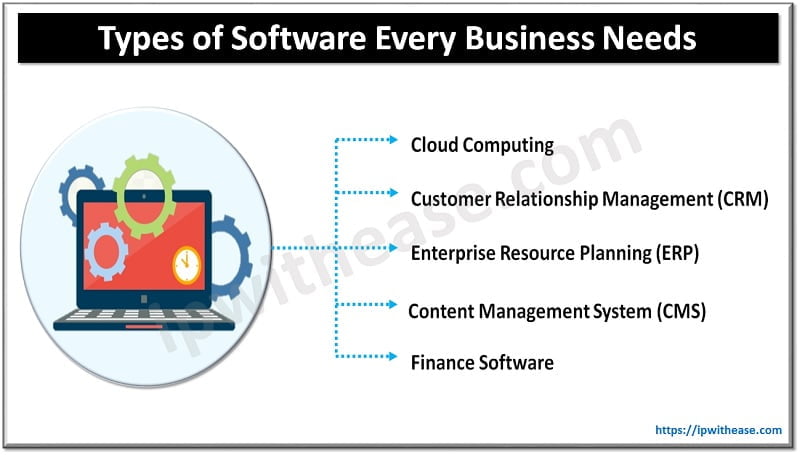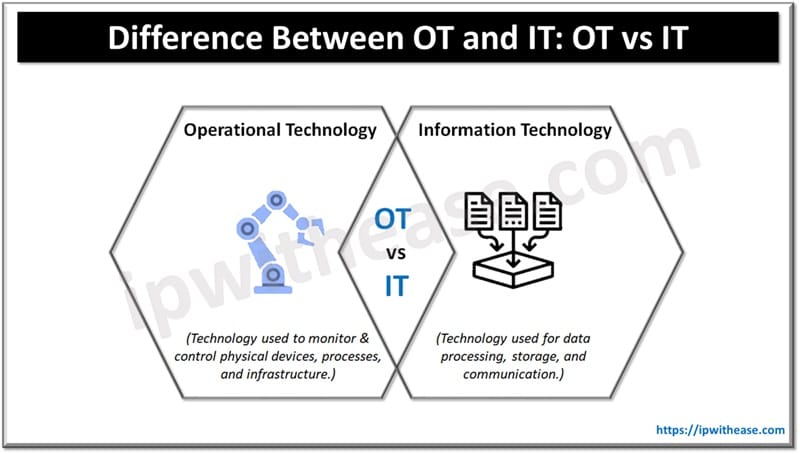Table of Contents
When we think of supply chain disruptions, perhaps the first images that spring to mind are of shipping vessels grounded due to adverse weather or potential terrorist threats. However, there are numerous other supply chain risks to contend with, including cybersecurity threats.
Maintaining a healthy cyber infrastructure is critical to streamlining the flow of goods and services through the supply chain. An interference with these architectures can deal a heavy blow to the supply chain, potentially causing unprecedented revenue losses.
Fortunately, there are several measures you can take to build and maintain a robust cybersecurity system in your organization. Here are the top seven best practices for cyber supply chain risk management.

1. Know the Different Types of Cyber Supply Chain Risks
Cyber supply chain risks present in different forms. They include;
Network Supply Chain Risks
Network supply chain risks are threats to a company’s computer networks. Common attack methods include phishing, malware, and stealing sensitive credentials.
To wage successful network supply chain attacks, hackers typically establish a presence within the target organization’s networks.
Therefore, cyber supply chain risk management interventions must proactively identify and weed out these actors from your IT systems.
Software Supply Chain Risks
Software supply chain risks target the software programs used by organizations in their day-to-day operations.
Most software attacks involve hackers sending malicious codes to compromise the security of a vendor’s software. The codes may be deceptively benign or useful.
But if a vendor takes the required action, cybercriminals can access their system and steal sensitive information or engage in full-blown ransomware attacks.
Hardware Supply Chain Risks
There’s a common misconception that hardware components are immune from cyber-attacks. Nothing can be further from the truth.
When it comes to exploiting an organization’s cyber vulnerabilities, everything is fair game to hackers. Routers and industrial control devices are noteworthy hardware components that hackers can exploit to their advantage, crippling a vendor’s operations.
For instance, hackers may undetectably plant malicious codes in your equipment’s firmware. Cybercriminals can then have unhindered access to information stored on compromised devices.
2. Deploy Organization-Wide C-SCRM But Focus On Core Vulnerabilities
Given the multiple cyber supply chain risks, it’s essential to deploy organization-wide cyber supply chain risk management (C-SCRM) protocols.
But since every company is unique, it’s more prudent to define the most vulnerable areas of your IT ecosystem and implement the most hacker-proof C-SCRM systems in these areas.
For instance, a drop shipping business has more networks and fewer hardware supply chain risks.
Such vendors would invest significantly more in C-SCRMs that safeguard their online information than in physical products that they don’t own.
3. Implement a Multi-Faceted C-SCRM Protocols
Not only do cyber supply chain attacks target multiple areas, but these breaches also assume different forms.
Some cybercriminals still prefer traditional methods like phishing. However, many hackers have become tech-savvy, unleashing unprecedented attacks on unsuspecting vendors.
From malicious code injections to hijacking routine software updates, cybercriminals have enough arsenal.
To stay ahead of the game, vendors must implement multi-faceted C-SCRM protocols that proactively detect threats and nip them in the bud.
4. Improve Vendor Visibility
Safeguarding your company’s information from unauthorized access is good enough. However, it may not guarantee 100% protection if other players in your supply chain ecosystem aren’t doing their part to combat similar cyber threats.
That’s where vendor visibility comes in.
Strive to understand the various components of your supply chain and monitor where your company’s sensitive data goes.
The idea is to determine that such information is accessible by authorized entities and handled with relevant safeguards.
5. Leverage AI
The impact of artificial intelligence (AI) on cyber supply chain risk management is undeniable.
Using AI tools, you can collect and store vast amounts of data related to previous cyber-attacks. Such information can be helpful in detecting and stopping breaches before they occur.
Another way artificial intelligence may aid cybersecurity is by automating threat responses.
AI software can set off alarm bells upon detecting abnormalities in data access or to remind of upcoming security updates, providing timely responses to potential threats.
6. Have a Continuity Plan
No one sets up a business with failure in mind. However, things don’t always pan out as planned.
Cyber-attacks can bring a successful startup to its knees overnight. Therefore, it’s imperative to have a solid continuity plan.
Regarding cyber supply chain risk management, a continuity plan is a set of protocols to bounce back from a cyber breach.
The standards spell out strategies to mitigate the impacts of a cyber-attack while it unfolds.
7. Tap Into Third-Party Risk Management Providers
Cyber supply chain risk management is a specialized area that requires equally specialized expertise. Even if you already have an IT team on board, it pays to outsource third-party cyber risk management providers occasionally.
These professionals will conduct routine audits to ensure your IT systems are well-protected. During their assessments, they may recommend advanced, hacker-proof cyber solutions.
In the event of a breach, third-party risk management providers can help your company recover.
ABOUT THE AUTHOR
IPwithease is aimed at sharing knowledge across varied domains like Network, Security, Virtualization, Software, Wireless, etc.



